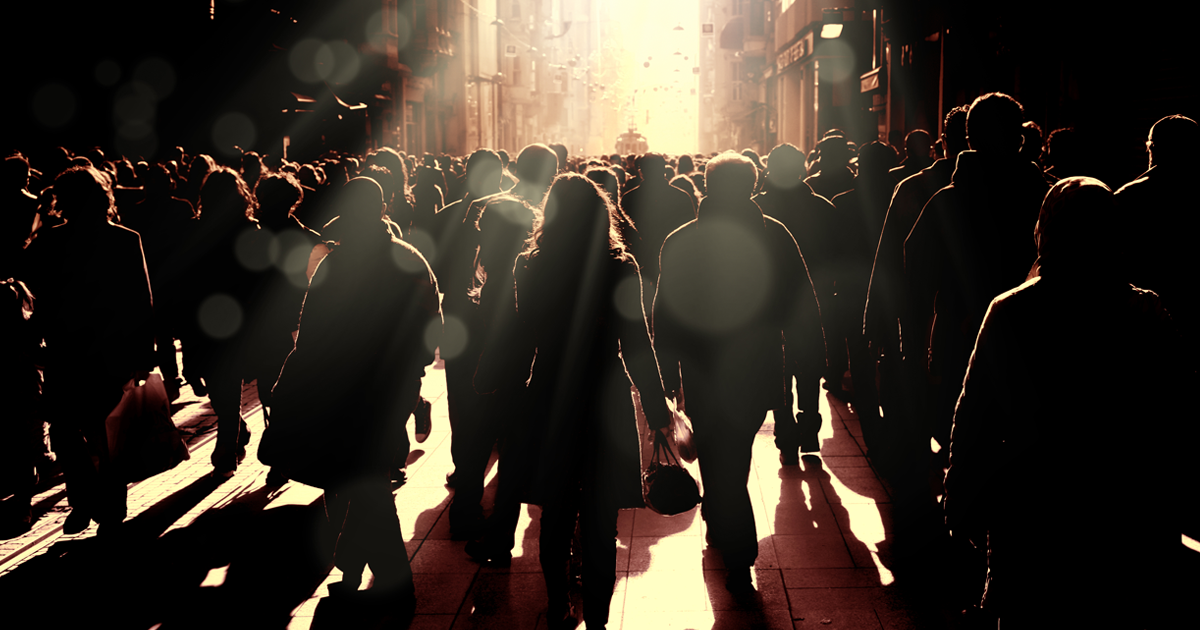
Recent research indicates that COVID-19 has increased the rates of sex trafficking and exploitation worldwide.
The United Nations Office on Drugs and Crime (UNODC) recently released a red alert report explaining a worsening sex-trafficking and exploitation trend during the COVID-19 pandemic. Recent research has indicated that COVID-19 has increased the incident rate of sex trafficking by 40%, not just in globally but in the USA as well. As the trafficking of human beings is one of the most financially lucrative illegal crime industries in the world, traffickers have not only benefited off of the financial desperation the pandemic has caused, but also exploited the emotional crisis of fear many experienced – offering them a solution and comfort which came at a heavy price. UNODC Executive Director Ghada Waly states, “Millions of women, children and men worldwide are out of work, out of school and without social support in the continuing COVID-19 crisis, leaving them at greater risk of human trafficking.”
There are two main categories of human trafficking: sex trafficking and labor trafficking. Debt bondage is likely to occur in both forms.
Sex trafficking is defined as “ the illegal business of recruiting, harboring, transporting, obtaining, or providing a person and especially a minor for the purpose of sex.” Sex trafficking is not to be confused with consensual sex work, in which a person choses to partake in sexual labor in exchange for payment. Any sex worker under the age of 18 is considered a trafficked person, regardless of their attitude towards their involvement in sex work. Sex trafficking doesn’t always have to involve direct contact — it can take place virtually and through screens, or via telephone exchanges.
Labor trafficking involves work that is non-sexual in content, but exploits the labor or work of a person. This could mean labor which is underpaid or not paid at all. Labor trafficking can be forced, or the victim may be aware and coerced. Forced labor is all work, labor or service which a person has not offered voluntarily agreed to- usually without pay or under threat. They may be kidnapped, tricked, or abused as a means to control them. In coerced forced labor, the victim may have sought out a trafficker to transport them somewhere for better chances at securing work, or be driven by a lack of better options and agree to work for less than their worth.
Debt bondage is work exchanged for a debt which, ultimately, can never be paid. That debt can be a legally enforceable debt which is real, or a lie that the trafficker has convinced the victim is real. Debt bondage is common when people are offered passage to another country in exchange for labor or sex trafficking, in which they must pay for the costs of their transport as well as their costs of living and supporting the trafficker. It can be present in both sex trafficking and labor trafficking crimes.
In any situation of financial hardship, human trafficking is increased, and especially so for children. COVID-19 is no exception, and in fact, many of the public health mandates have unfortunately brought further difficulty to catching traffickers and helping victims. New problems have now arisen. For example, many missing persons are assumed by specialists to perhaps have fallen victim to human trafficking- yet, the important and necessary mask mandates now make it harder to identify persons who have been abducted. As Maria Alejandra Cardona notes, “human trafficking has become a major lucrative crime in a pandemic-rocked world with supply chains cut off for other forms of illicit activities and lockdown measures creating severe vulnerabilities for those most at risk, helping to create the next generation of human trafficking victims.”
The following collection of blogs explores deeper research on human trafficking, as well as helps to shed light on the evolving nature of trafficking amidst the COVID-19 pandemic.
Blog 1: Tracking Trafficking Trends in America
Blog 3: A Snapshot of Traffickers
Blog 4: The Changing Signs of Trafficking
Resource Topics Trafficking and Exploitation
